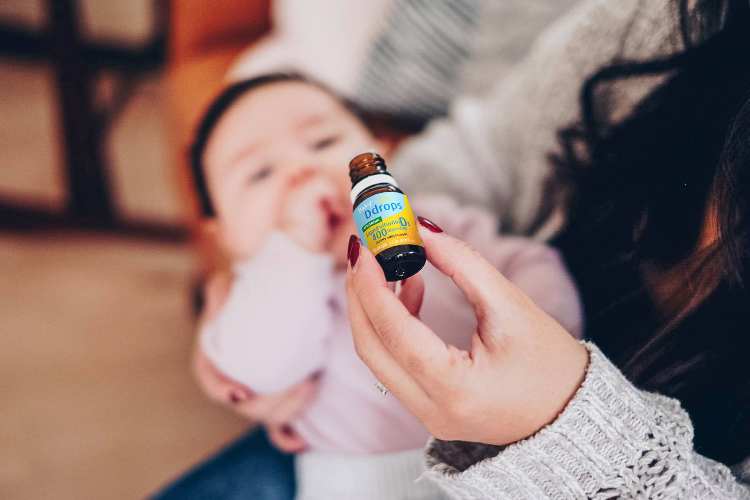January 12, 2017
How important is vitamin D? Do I really need vitamin D as an adult?
With so much information around the importance of vitamin D in infancy and childhood, adults often end up forgetting about themselves. However, older adults are at a greater risk of developing vitamin D insufficiency.[1]
Why is vitamin D important in adults?
As we age, our bones are constantly changing and are affected by many factors, including our genetics, nutrition, exercise, and hormonal loss. During this time, bone loss, fractures, and bone diseases often become a worry. Although we cannot change our genes, we can control our nutrition.
This is where vitamin D comes in.
Vitamin D has long been known for supporting normal bone development, muscle strength, and for helping promote overall bone health. This is because of the essential role vitamin D plays in the absorption of calcium and phosphorus to build and maintain strong bones and teeth, working hand in hand with other nutrients.
Reaching adequate vitamin D levels becomes more difficult as we age because our skin cannot synthesize vitamin D as efficiently. [1] This is due to the decrease of 7-dehydrocholesterol, which is the precursor of vitamin D.2 Vitamin D deficiency has been seen to precipitate and exacerbate osteopenia, osteoporosis, and fractures in adults, increasing the importance to ensure we are reaching adequate recommendation levels. Don’t know how much vitamin D you should be getting? Find out the recommended daily dose of vitamin D for adults in the US, UK, or Canada.
What factors are associated with vitamin D deficiency?
In nature, there are very few foods with vitamin D, making it difficult to reach adequate vitamin D recommendations. This coupled with the fact that many people are advised to avoid direct sun exposure due to the risk of skin cancer, increases the challenge to ensure one is reaching the advised recommendations. Sunscreen with an SPF of just 15 decreases the synthesis of vitamin D3 in the skin by 99 per cent![2]
How common is vitamin D deficiency?
An American nutrition survey looked at vitamin D deficiency and found that 41.6 per cent of US adults have a vitamin D deficiency and as many as half of older adults in the United States with hip fractures could have a vitamin D deficiency.[3]
Be sure to discuss your health issues with your healthcare practitioner as they are the most familiar with your health history and offer great advice.
[1]Vitamin D Fact Sheet for Health Professionals . (2016). USA: National Institutes of Health .[2]Vitamin D deficiency: a worldwide problem with health consequences. The American Journal of Clinical Nutrition.
[3]Forrest & Stuhldreher. Prevalence and correlates of vitamin D deficiency in US adults. Nutr Res. 2011 Jan;31. https://www.ncbi.nlm.nih.gov/pubmed/21310306




Để lại một bình luận
Trang web này được bảo vệ bằng hCaptcha. Ngoài ra, cũng áp dụng Chính sách quyền riêng tư và Điều khoản dịch vụ của hCaptcha.